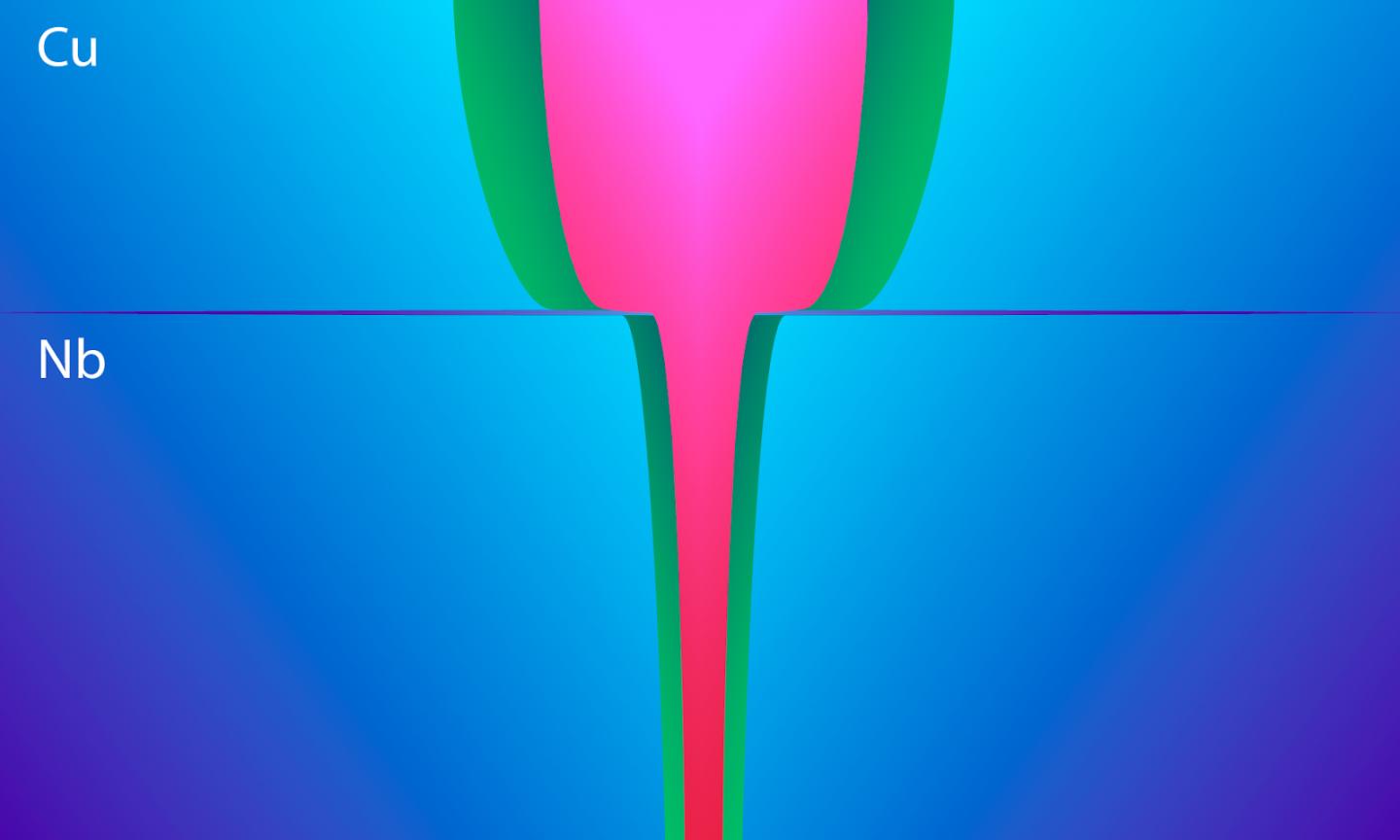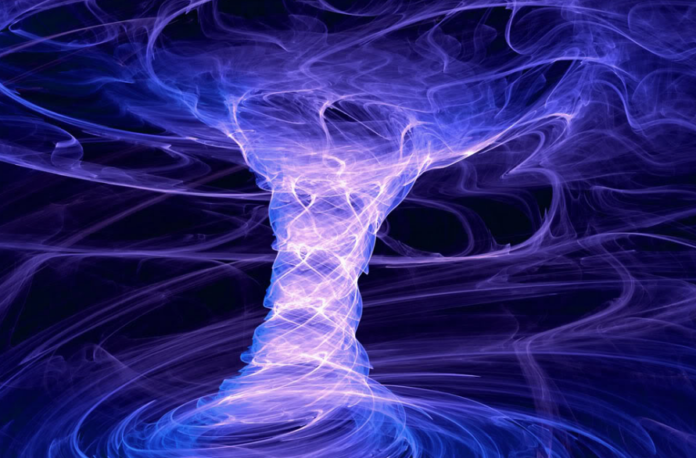A new discovery has been made by a team of Russian researchers, alongside their French colleagues, that the quantum Abrikosov vortices of supercurrent can also exist within a non-superconducting metal if contact is made with a superconductor, proving the theory of induced quantum coherence. Results of the study were published in the journal Nature Communications.
Superconductors are materials that can conduct electricity without any resistance. They were first discovered more than 100 years ago and are now used widely across the world in various applications including particle accelerators, MRI scanners, advanced electric power transmission lines, and magnetic levitation trains. Quantum coherence occurs when two wave sources have a constant phase difference, the same waveform, and the same wave frequency. It is the key property of superconductors, hence why understanding it is so vital.
Using this quantum coherence, researchers can build nanodevices that act like artificial atoms that can be used as qubits. But in order for any quantum electronics to be developed, first, a mathematical equation must be developed to account for both the superconductors microscopic processes and that of the materials it comes into contact with.

Elena Khavina/MIPT Press Office and the researchers
While there a lot of things scientists are still trying to figure out when it comes to quantum physics and superconductors, one thing they do know is that when superconductors come into contact with a normal metal the electronic properties of both are altered. The normal metal inherits some of the superconductor’s properties, one of which is to support a dissipationless electric current. But, can it also support that of a quantum vortex? And if so, what would their characteristics be like and how would they behave? These are all things explored in the research paper.
“To solve a complex experimental problem, it first needs to be simplified. That is, you look for a simple model system to describe behavior that is more complex. The main result of our research is that we have revealed the precise behavior of an induced vortex of current in the normal metal,” says the lead author of the study Vasily Stolyarov, deputy head of the Laboratory of Topological Quantum Phenomena in Superconducting Systems at the Moscow Institute of Physics and Technology.
In order to do this, the team discovered the correct way to develop the model sample for the study. “It turned out, our theoretical model based on Usadel equations could precisely and self-consistently describe the processes at the interface between a superconductor and a normal metal,” added Stolyarov. “It accounts for the screening effects of the circulating currents, which means it is fit for practical applications.”
More News to Read

